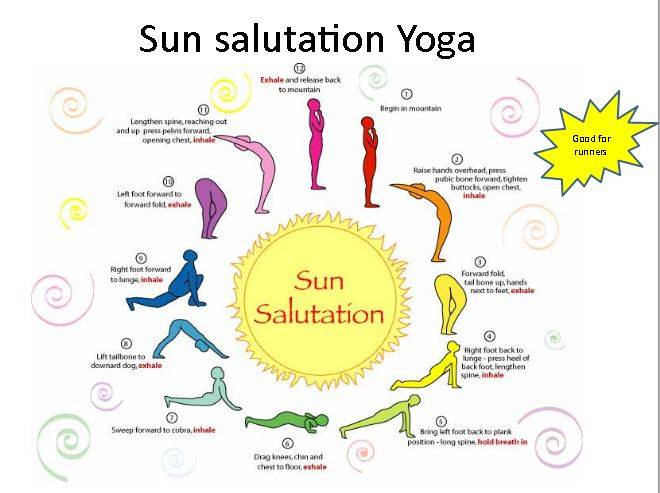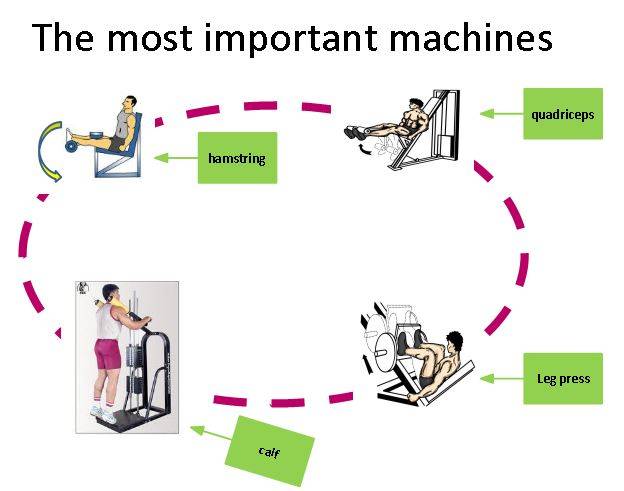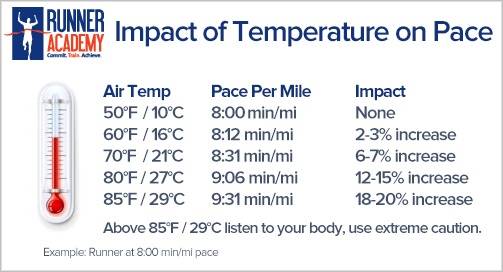Goal of cross training
- to recover from a long season and to restore your body like restoring a house
- to work on the basic skills because running is not only about running
- to be ready for the coming season
- to get out of the program/running routine
- to be free from any program engagement
- With cross training you have much less strain on your body than running.
Do’s and don’ts
- Take this phase of the season as recovery period and don’t make from it a season in a season and you go to train on high intensity to perform well (you may race in high intensity but not in the training).
- You must feel fresh when we start the new season. Enjoy this moment and be ready for a new start on the right time!!!
- You can do relay-race like triathlon, If you cannot find a team you can make a team with each other.

Background information
Cycling: Cycling is a great low-impact exercise to boost your cardiovascular fitness and strength. It exercises the muscle groups such as quadriceps and shins, and strengthens the connective tissue of the knee, hip, and ankle regions, thus reducing the risk of injury.
Swimming: Swimming is one of the best cross-training activities because it gives a break to your joints which take a lot of stress during running. Swimming enables you to build muscular strength and endurance while improving flexibility. It provides an excellent upper body workout while giving your fatigued leg muscles a breather.
Rowing Machine: It is another cardiovascular, low-impact activity that provides a great workout to the major muscle groups in your thighs, hips, buttocks, lower and upper back and shoulders. This increases overall fitness levels which translates to better running performance. Make sure you learn the proper rowing technique to maximize the benefits.
Elliptical Trainer: These machines provide a great total body cardiovascular workout. They are especially good for all the major muscles in the legs.
Gym: Strength training or weight training allows you to improve the strength in your running muscles along with strengthening the upper body which doesn’t get enough workout while running. It is also an excellent way to strengthen your core, which helps you avoid fatigue and maintain your form while running.
Walking: Walking is a good activity when you are recovering from a long run or speed workout. Speed walking is a great rehabilitation activity to maintain cardiovascular fitness while you’re recovering from certain injuries (if you are able to walk pain-free).
Core stability: Exercises for core stability help you for example to get a better running posture and run more efficiently. It prevents also injuries. Strong muscles in your pelvis, keep your torso upright stance, even in the 9th kilometer of your 10 km race. With a weak body you will use more energy.
Stretching: For many athletes stretching is a ritual during warm-up and / or cooling down. Stretching reduces the risk of injury and reduces muscle soreness after exercise. Stretching enhances athletic performance.
Sun salutation Yoga

Sun salutation video
Fitness for runners
Purpose:
- increase of power (watts) of the muscles
- mobilization of more muscle fibers
- fine motor skills will be improved
- better coordination
- max 2 times a week
- the important muscle group are the legs the rest you do with core stability. If you have time you can train other groups
- first you do a warm up on the treadmill, bike or some elliptical machine
- you do 3 sets of 30 repetitions rest 45”-60”
- you choose the weight that you just can do 30 repetitions.
- repetitions must be fast but not too fast.
- increase the load if you make progress.
- when you finish the exercises do an other time the same exercises again

Swimming
You can do:
- endurance swimming for example 0.5-5k at steady state of course you build it up from the 500m
- interval extensive like:
[] 5x 100m
[] 2-3x 200m - Interval intensive
[] 5-8x25m
[] 4-5x50m
Running
Max 4 times running a week as follows:
- Sunday run: 60-85 min on Z1 last 10’ faster as how you feel
- run with different speed like :
[] 3-5x5min on Z3-Z4 rest is not important
[] Z1 15’Z2 15’Z3 15’Z1 10
[] 2-3x 10’on Z3-Z4
[] 3x 8’on Z3-Z4 - 45’-70’Z1
- 60’ as follow (10’Z1,10’Z2) non stop
Cycling
- you can do endurance training as
[] 120’-180’ in a comfortable speed - interval is not necessary
How to make a cross training plan
The following ingredients you must not forget in your program:
- running (minimal one time a week, max 4x)
- stretching (yoga, Pilates etc)
- core stability A (everyday if you can)
- Core stability B (hamstring =very important for running)
- Gym (optional, not more than 2x/week, too much gym makes you slow)
- swim
- Cycling
Example of a program
- stretching ( you can do everyday at home)
- core stability ( you can do everyday)
- 2-4x running
- 1x cycling
- 1 swimming
- 1x tennis
but you can do more if you feel great. Cross training is less intensive than running
Recommendations
- don’t forget: this is a recovery period, so feel free to follow or not the program
- stretch everyday and do core stability. You can do a lot at home.
- think about your weight. Increasing your weight with 5kg is inside of the norm.
- you can do trials but be aware about injuries. The risk is very high
- don’t hesitate to ask if you need help. The door is wide open!!!!
Heat vs Performance
Dr. Tim Noakes has done extensive research on the Central Governor Model which suggests that your brain will make changes to your running as a defense mechanism long before you actually reach a point of dangerous fatigue or succumb to heat exhaustion.
In hot weather, this translates to feeling fatigued early as your body is actively
adjusting your pace when it starts to overheat or the threat of overheating presents itself. Your muscles are actually nowhere near their true point of fatigue, but you are given the sensation as if they are to slow your pace.
Hot weather has a greater impact on performance than cold weather does for this reason.
